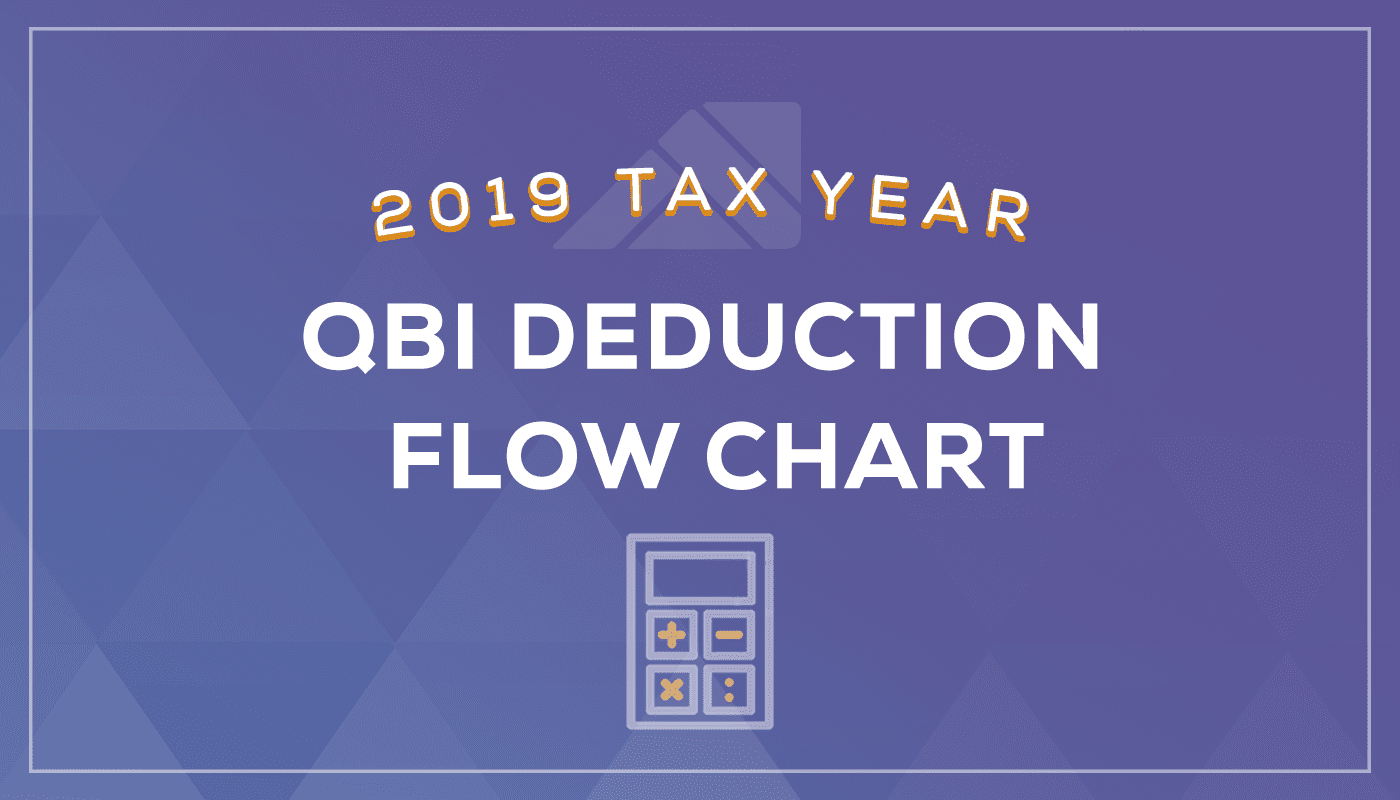

Last tax season was a learning experience for everyone who had partnership, S corporation or sole proprietor income as they tried to understand the new qualified business income (QBI) deduction. The rules and regulations challenged taxpayers, tax practitioners, tax software providers, even the IRS.
Now that we’ve made it through Year 1 of interpreting, calculating and implementing the QBI deduction, there are several updates to be aware of for the 2019 tax year.
Do you qualify for the QBI deduction? If you have qualified business income that flows through to your 1040, the full 20% QBI deduction is available for married filing joint taxpayers who have taxable income of less than $321,400 (up from $315,000 in 2018), and for all other taxpayers who have taxable income of less than $160,700 (up from $157,500 in 2018).
If your qualified business income flows from a “specified service trade or business,” the 20% deduction completely phases out for married filing joint taxpayers at $421,400 of taxable income and for all other taxpayers at $217,500.
If your qualified business income flows from a “qualified trade or business,” you must apply the W-2 wages and qualified property limitation if your taxable income is more than the $321,400 threshold for married filing joint taxpayers, or more than $160,700 for all other taxpayers.
The more significant update to the QBI deduction is new forms that must be attached to Form 1040 which are used to calculate the deduction.
Form 8995 – Qualified Business Income Deduction Simplified Computation
If your taxable income is less than or equal to the thresholds mentioned above ($321,400 for married filing joint taxpayer and $160,700 for everyone else), then consider yourself fortunate. You get to use the one-page simplified version of the QBI deduction calculation.
Form 8995-A – Qualified Business Income Deduction
If your taxable income is more than the above-mentioned thresholds, then you must file Form 8995-A along with any of the applicable additional schedules.
While the first step on Form 8995 is to list a business’s qualified business income before calculating the deduction, the first step on Form 8995-A is to show a detailed calculation of the qualified business income before computing the deduction using a more complicated equation than the “simplified” version.
Rest assured, that while navigating these new forms adds some complexity, the deduction should be more clear with one year of experience. Here are things you can do to help prepare your return:
This will allow enough time to navigate this year’s QBI requirements in a timely fashion.
This information may be required to maximize your potential QBI deduction.
Review these forms as soon as you receive them to ensure accurate QBI information is furnished in box 17. Specifically look for code V and make sure W-2 wage and capital figures are provided. One or more of these figures are required to calculate your QBI deduction.
Walking through all the steps to calculate the Qualified Business Income deduction can be daunting. For any questions about the QBI deduction, please call an Alloy Silverstein accountant and advisor.
Empowering business owners and individuals in South Jersey and Philadelphia to feel confident through proactive accounting and advisory solutions.